Enrollment in Master’s Degree Programs
Most 2019–20 master’s degree students were enrolled in programs at either private or public nonprofit four-year institutions (49.3 percent and 39.2 percent, respectively). Only 11.5 percent of master’s degree students were enrolled at for-profit institutions.
- Master’s degree students enrolled at private nonprofit four-year institutions at a higher rate than at public four-year institutions; this was true for all racial and ethnic groups except for American Indian or Alaska Native students.
- More than six in 10 international students in master’s degree programs were enrolled at private nonprofit four-year institutions (61.4 percent), compared with 36.9 percent enrolled at public four-year institutions—the largest difference in sector enrollment within racial and ethnic groups.
- Among Black or African American master’s degree students, the differences in enrollment across institutional sectors—43.7 percent were enrolled in programs at private nonprofit four-year institutions, 32.9 percent were enrolled at public four-year institutions, and 23.4 percent were enrolled at for-profit institutions—were smaller than differences in institutional sector enrollment of other racial and ethnic groups.
- Around a quarter of Black or African American (23.4 percent) and Native Hawaiian or other Pacific Islander (about 25 percent) master’s degree students attended for-profit institutions.
Report Links
Race and Ethnicity in Higher Education: 2024 Status Report
Chapter Three: Enrollment in Graduate Education
Chapter Three Report Download (PDF) 919 KB
Chapter Three Data Tables Download (XLSX) 144 KB
Source
Data from U.S. Department of Education, National Postsecondary Student Aid Study, 2020.
Data Notes
Data reflect master’s degree programs enrollment at public four-year, private nonprofit four-year, and for-profit institutions.
Institutions were categorized into sectors based upon control of the institution and the length of the predominant award granted.
Detail may not sum to totals because of rounding.
! Interpret with caution. Ratio of standard error to estimate is greater than 30 percent but less than 50 percent.
!! Interpret with caution. Ratio of standard error is greater than 50 percent.

